By Laura Brady, NSS Legal Fellow
Krafft Ehricke once said, “If God wanted [hu]man[s] to become a spacefaring species, He would have given [hu]man[s] a Moon.” The former NASA aeronautics engineer and innovator believed the Moon to be the jumping-off point for further exploration in space. More than 35 years later, NASA will test his theory with the help of the Gateway.
One of our most significant roadblocks to further exploration is the limited time humans have spent in space. NASA and the United States have their eyes set on Mars, a trip that could take up to nine months. A round trip would require a three to four month stay on Mars while the Earth and Mars rotate to the proper position for a return flight, making the entire round trip closer to 21 months. Humans have not spent enough time in space to fully understand how our bodies and our technology will perform when challenged with long-term stays. While astronauts on the International Space Station (ISS) have done incredible research, the longest any one person has ever spent continuously in space is 438 days or a little less than 15 months. That is still over six months shy of a round trip to Mars.
Further limiting our research, the ISS orbits about 220 miles above the Earth’s surface, inside the Earth’s magnetic field, which provides substantial protection from radiation. Long term missions to the Moon and beyond will take place without the protection of the Earth’s magnetic field. Before we venture too far from Earth, we need a better understanding of how our bodies and technology and equipment will react to longer periods in these conditions.
The Gateway will provide the time needed to better understand the effects of long-term stays in space. It will orbit the Moon at about 250,000 miles above the Earth’s surface and will serve as a communication hub, science laboratory, living quarters and staging grounds for missions to the Moon and beyond. The astronauts’ ability to stay in orbit and deploy to the Moon will allow for more research and extended expeditions to the surface.
The National Space Society (NSS) supports efforts to build an economically sustainable lunar economy. This will require flexibility and cooperation between NASA and commercial parties. Exploring potential lunar resources is imperative. As Gateway orbits, it will provide better access to all of the Moon’s surface, allowing for additional exploration and research. To gather data about the location of water on the Moon, the mobile robot VIPER (Volatile Investigating Polar Exploration Rover) would be utilized as an initial step. In addition to providing better accessibility to different areas of the Moon, Gateway will also act as an outpost for researchers to regroup, resupply, and examine their findings.
The Gateway will be built in sections. The first two sections, the Power Propulsion Element (PPE) and the Habitation Logistics Outpost (HALO), will be produced by NASA’s commercial partners, Maxar Technologies and Northrup Grumman, respectively, and integrated on Earth. It is estimated to launch in 2023. Once launched, commercial logistic supply loads will follow. NASA has selected SpaceX’s Dragon XL as the initial logistic supply vehicle. To ensure Gateway resupply is successful, NSS suggests that NASA include an additional commercial provider with different technological strengths.
Like the ISS, Gateway will have several docking ports for visiting vehicles, and new modules will be added over time. In keeping with the international cooperation established by the ISS, NASA will be collaborating with international partners on Gateway’s future. Last October, the European Space Agency (ESA) and NASA formalized a partnership in which ESA agreed to add habitation, refueling, and advanced communication modules to the lunar space station. In the future, other ISS partners will also contribute. In June, Canada announced its intention to provide advanced external robotics to the Gateway. Japan and Russia have likewise expressed interest in collaboration for Gateway.
The Gateway will ensure we have time and research needed for a sustainable future in space. Additionally, missions between Gateway and the lunar surface will provide the operational data and experience required for future travel to Mars. The inclusion of commercial and international partners will drive lunar exploration and the collection of valuable resources in the right direction. Our goal is for humans to thrive beyond Earth and Gateway is a potential springboard to that future.
More about Artemis can be found in the NSS Position Paper, The Artemis Moon Program.
==================
About NSS Legal Fellow Laura Brady
Laura Brady is a third-year law student at the University of Mississippi School of Law, where she is part of the Space Law concentration program. She currently serves as secretary of the Ole Miss Air and Space Law Society and has worked as a student editor for Air and Space Law Journal. She worked as a legal fellow for the U.S. Senate Commerce Committee and is currently a legal intern for NASA Kennedy Space Center. Laura is excited to share her passion for space as an NSS Legal Fellow.


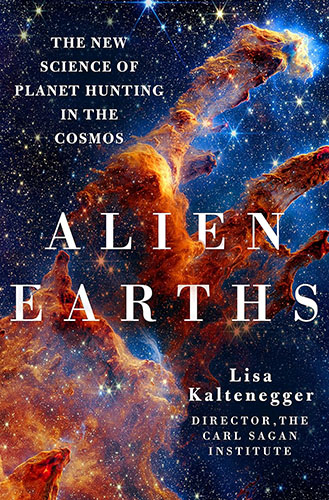
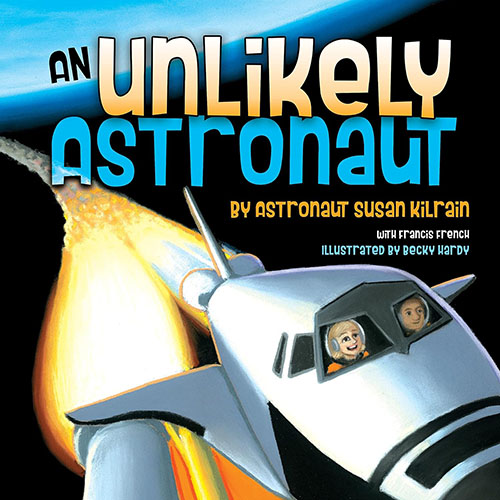
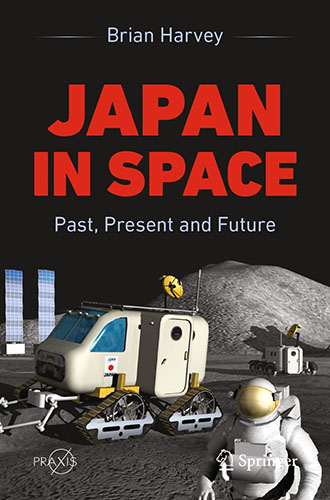

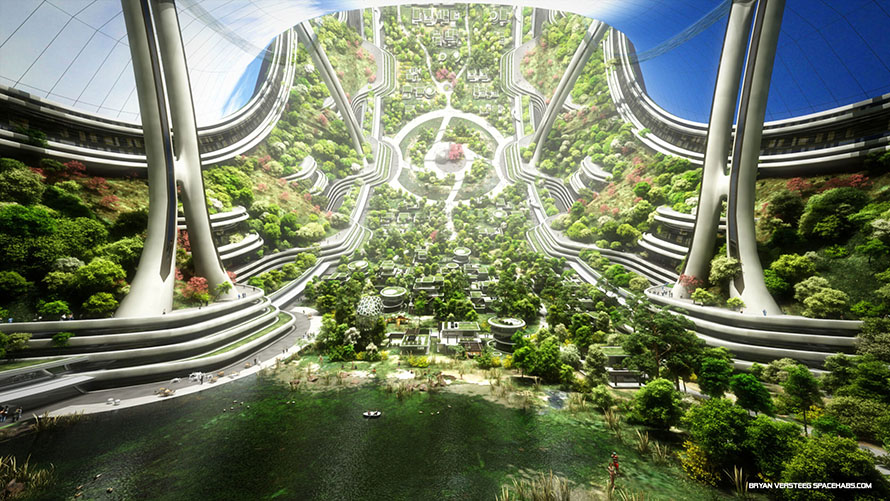
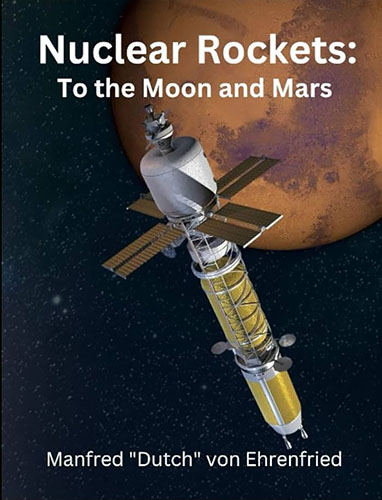
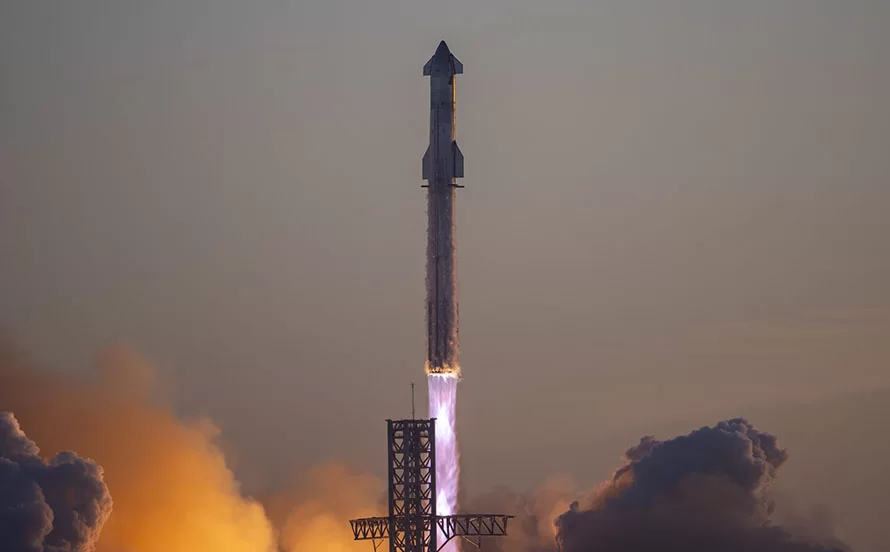
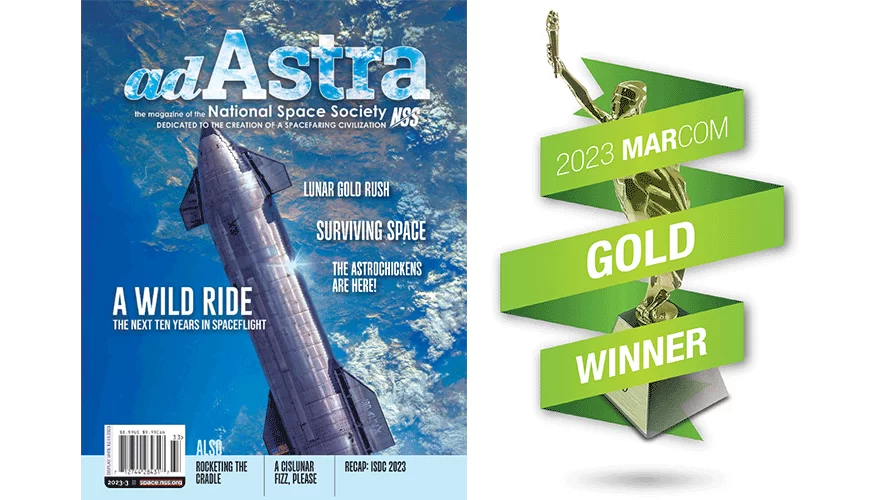
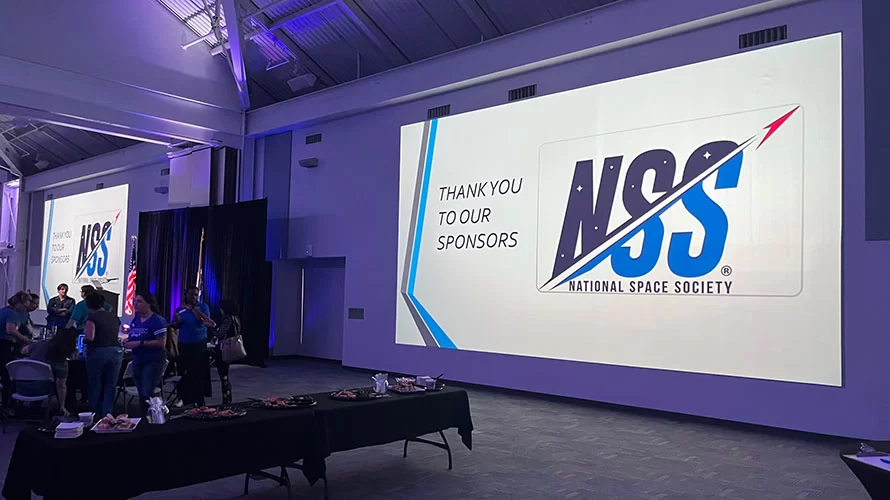
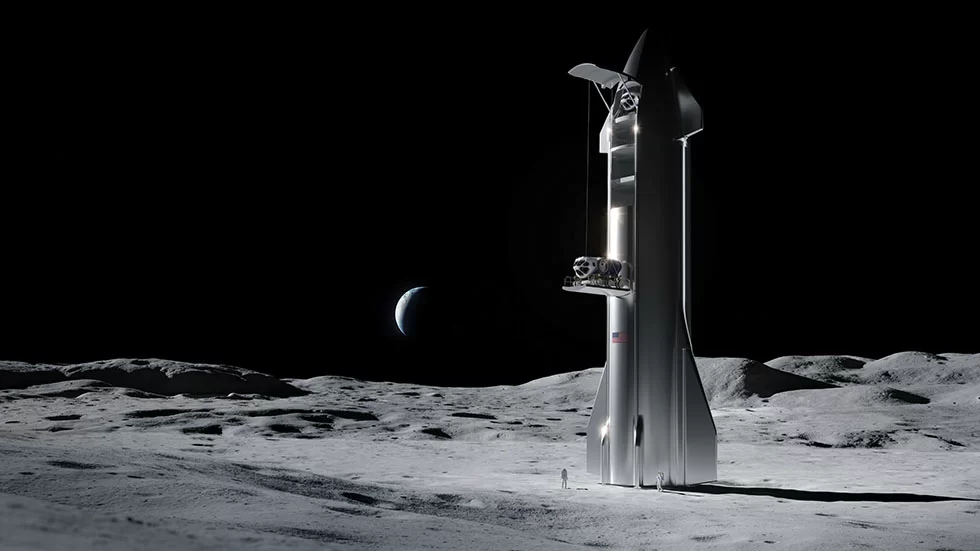
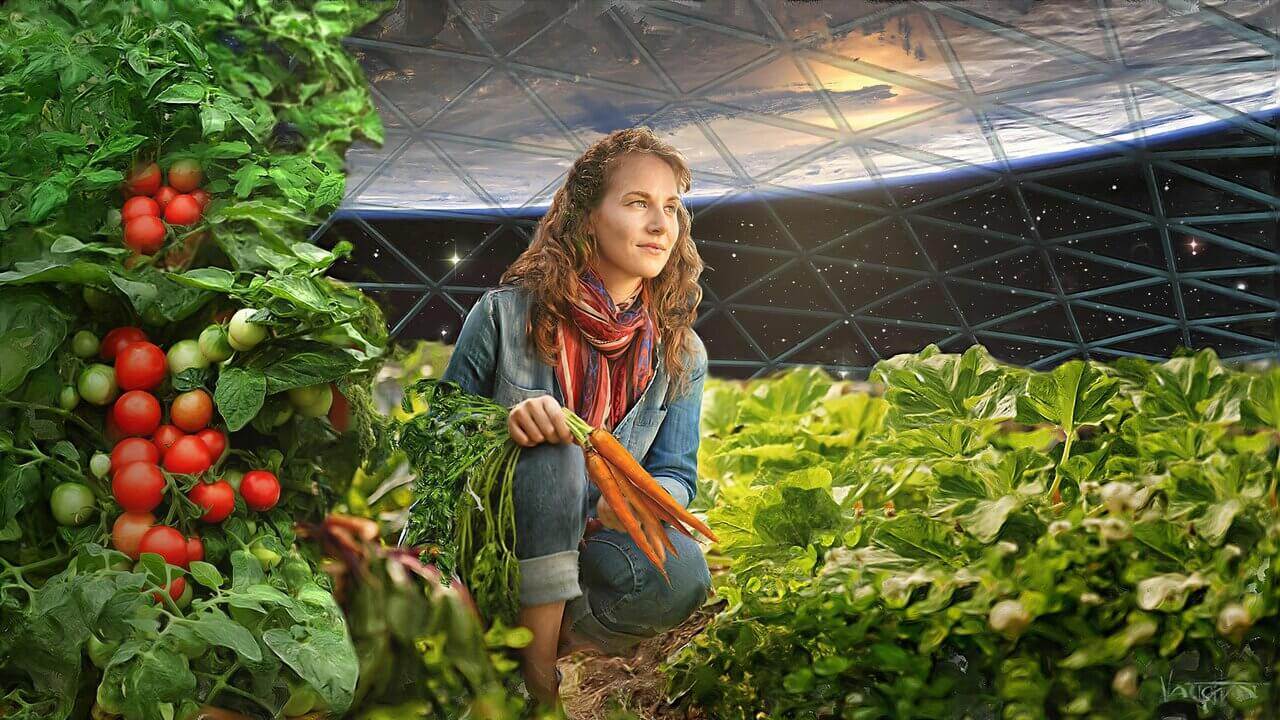
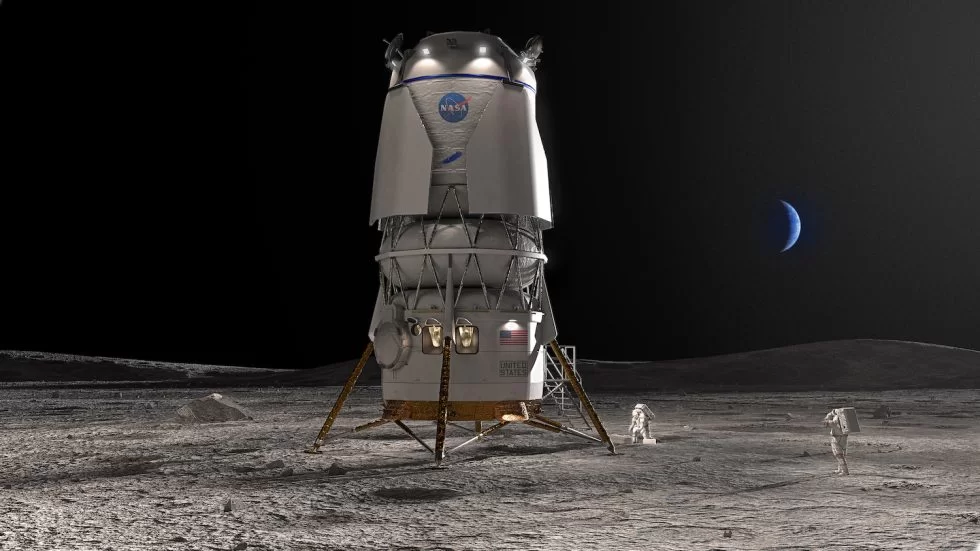
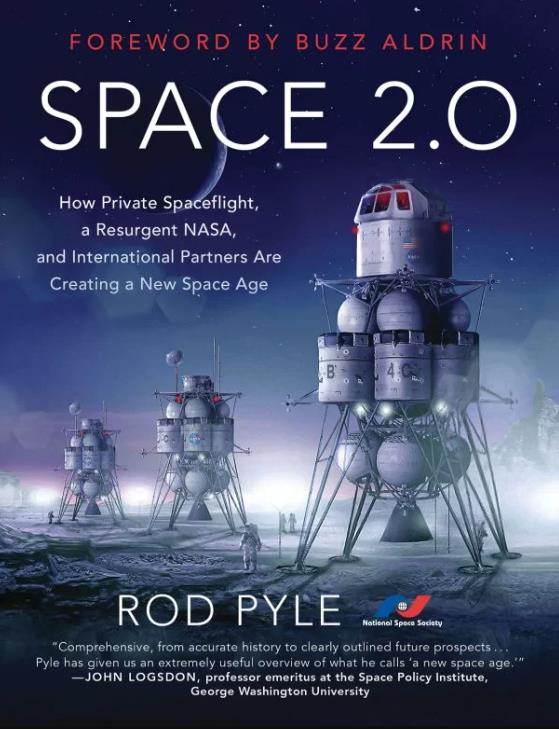
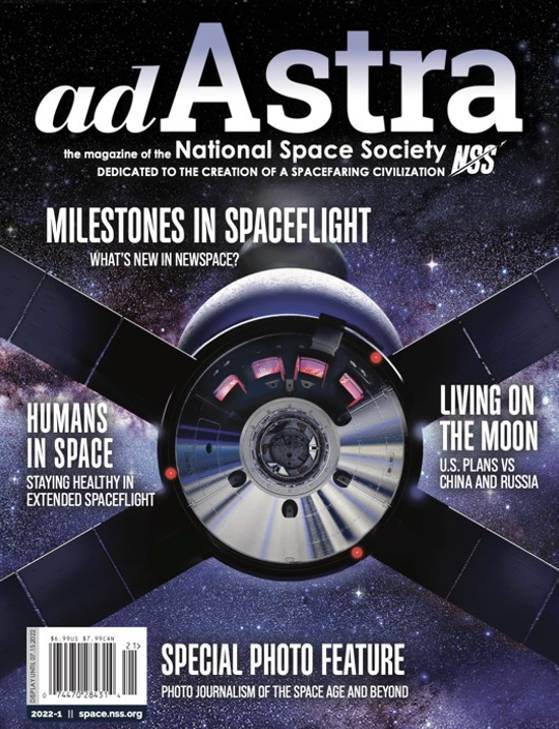
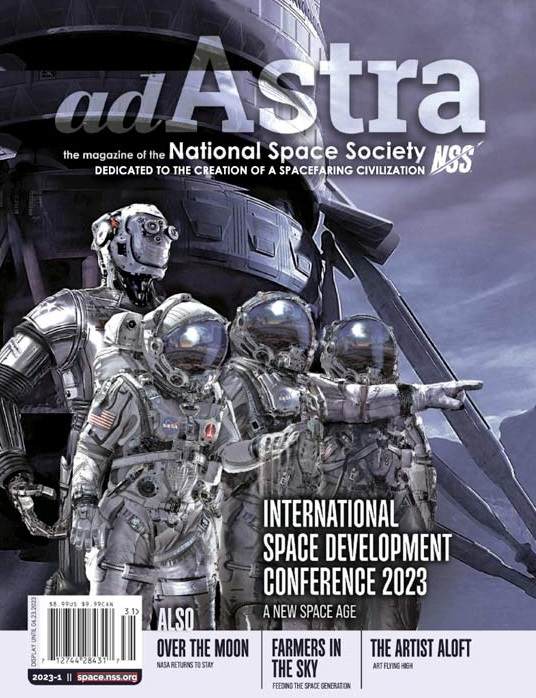
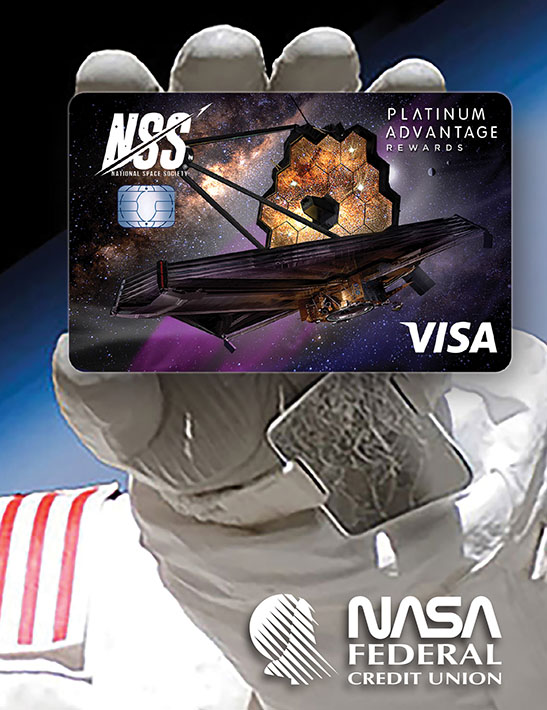

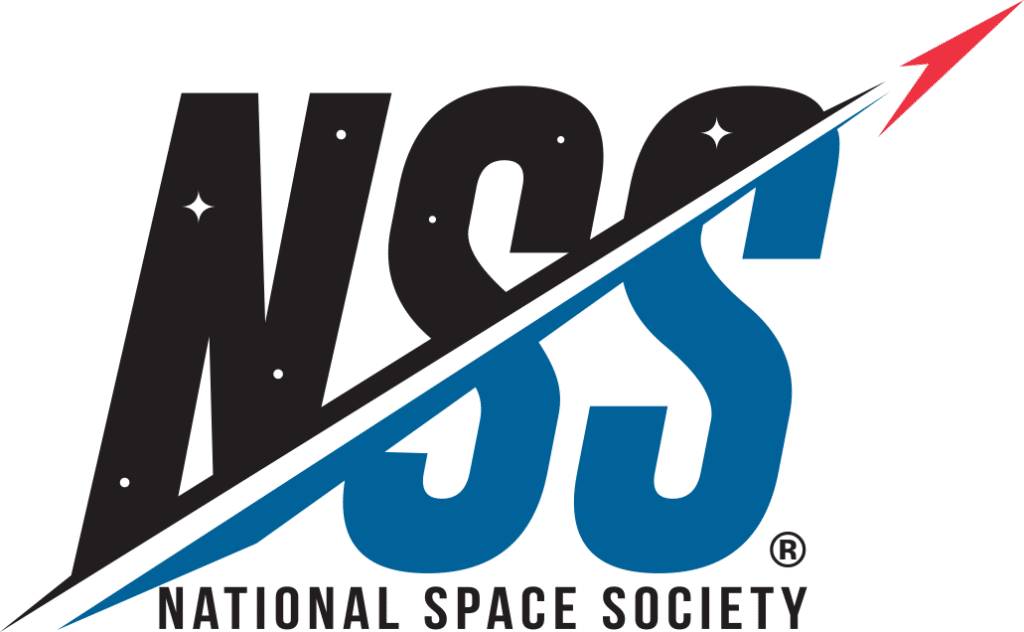
5 thoughts on “A New Gateway to Space”
Very good argument for the Gateway. Is is true, while the United States intends for focus on Mars and the next Moon landing, more research is needed on how radiation and possibly other elements effect astronauts. Hoping the sooner we get answers to these questions, the better. I believe the Gateway is a logical choice.
Thank you! I agree the research opportunities Gateway would provide are invaluable to future and further missions in space.
The expense of the Gateway is outrageous. In the area of furthering our exploration of space, this large expenditure could be used much more effectively elsewhere.
I understand and respect your concerns. Gateway is extremely expensive, and with reports of Gateway elements being behind schedule and over budget, that is not likely to get better. However, an argument can be made that while this money could go to other endeavors, Gateway has the potential to produce a return on its investment. Until we can establish long-term habitats on the Moon, Gateway will provide the long-term capabilities needed to utilize Moon resources and strengthen the Lunar economy. Additionally, by testing technology and protective equipment needed for the future, further missions, in the environment of Gateway, can lead to safer technology and save a lot of money in future development and testing. I do not see Gateway as a roadblock to other endeavors, I see it as a way to ramp up future endeavors.
Thank you for your comment. I truly enjoy hearing the different points of view from others invested in our future in Space.
Additionally, Gateway will be an excellent proving ground for other science, including, I hope, testing radio astronomy concepts when on the far side of the Moon.